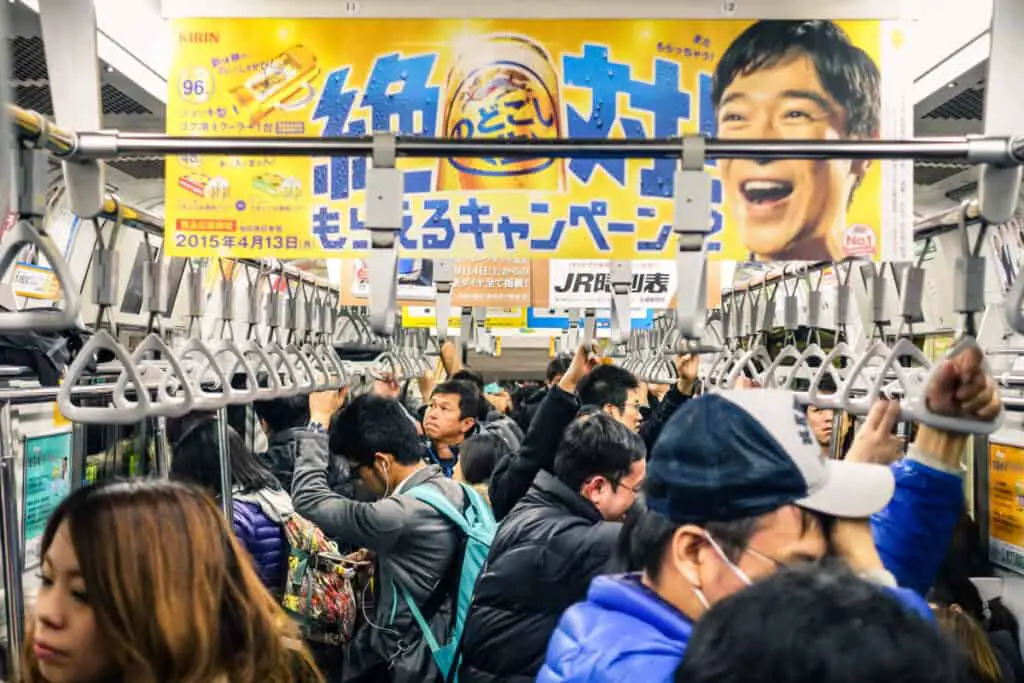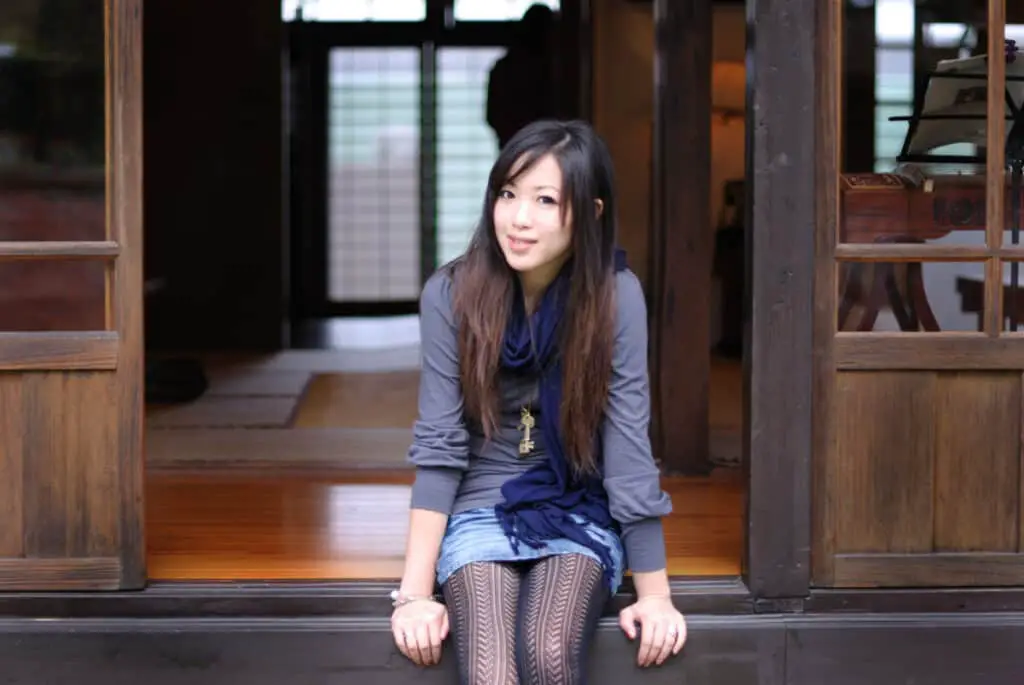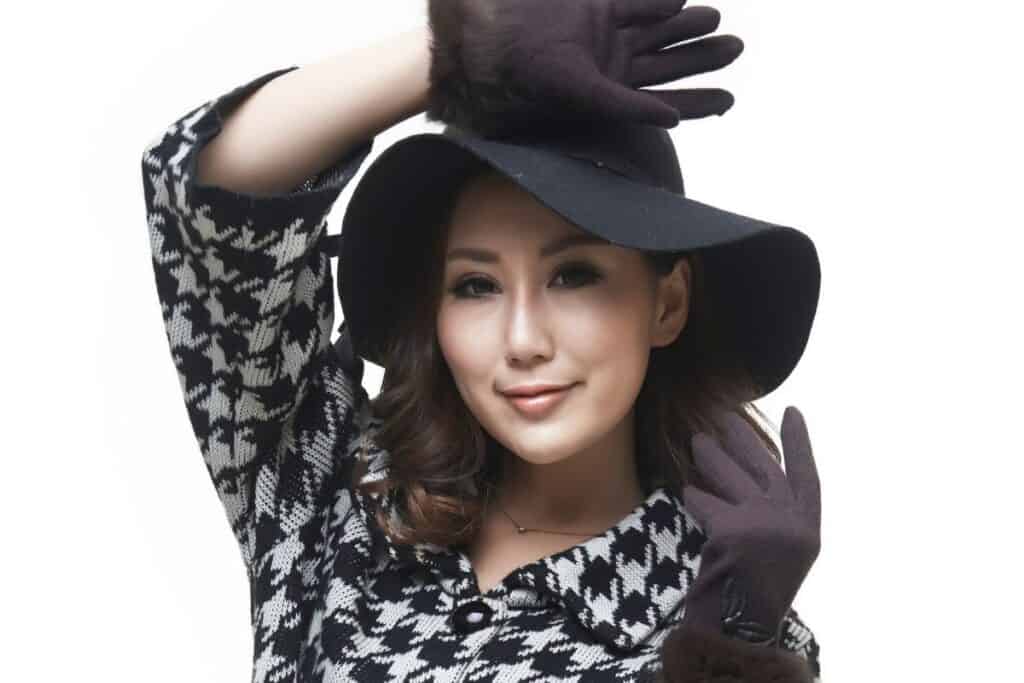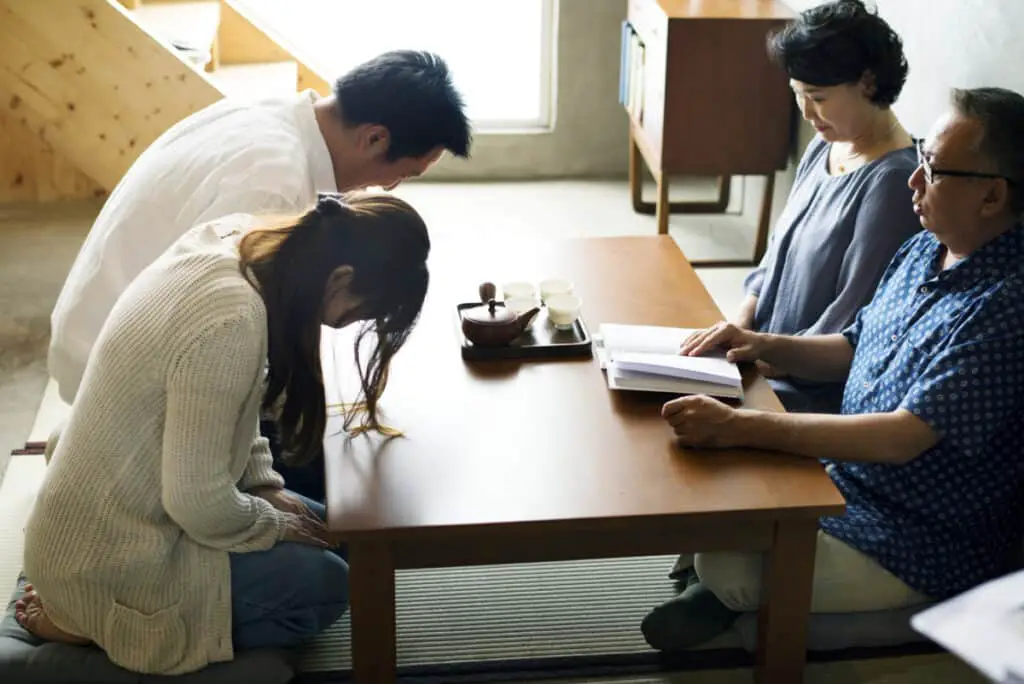The differences between Chinese, Korean, and Japanese people are far more numerous than the casual, western observer might realize at first. If you’ve never had the unique opportunity of immersing yourself in just one of the three cultures, it’s easy to understand why.
All three peoples have a different culture, language, way of writing, mannerisms, and fashions. Oftentimes, the differences between them aren’t as subtle as you would think either.
That’s not even considering the fact that each has different types of government and social structures, with Koreans split in half, quite literally along a geographical boundary that separates them from each other physically, socially, politically, and religiously.

How The Languages Are Different
In terms of just hearing the three different languages, as they are spoken aloud, you can hear the differences between them. For instance, the Japanese language doesn’t have any perceptive changes in syllables, whereas the Chinese and Korean languages do.
Chinese is also far more tonal than either the Korean or Japanese languages, even though Korean is a closer match than Japanese.

Another example is the use of the letter “L.” In the Japanese language, the letter “L” isn’t used at all, whereas the Chinese use it often, even replacing the letter “R” with it.
Names and how they are pronounced are different as well. Japanese names don’t contain the letters V, M, or L and they never end with a consonant. Korean and Chinese names, on the other hand, are the exact opposite.
Korean and Chinese names are often three-letter names, ending with consonants and frequently using M, NG, and N.

When it comes to the written language, there are major differences between Japanese and Chinese and more subtle differences between Chinese and Korean.
Japanese is considered one of the easiest in the world to learn, while Chinese and Korean are far more difficult.
Physical Differences
From a difference, you may not be able to easily discern the difference between a Chinese, Japanese, and Korean person—although Koreans usually have a height advantage. Up close, however, there are distinct differences that separate the three.
| Japanese | Chinese | Korean | |
| Hair | Diverse stylistically | Diverse stylistically | Diverse stylistically |
| Skin Complexion | North: paler South: darker | North: paler South: darker | Pale and delicate |
| Height | Average: 5.54 Feet | Average: 5.51 Feet | Average: 5.61 Feet |
| Face Shape | Longer/oval | Rounder | Rounder with higher cheekbones |
| Eyes | Largest and angled downward | Angled upwards | Smaller. Youthful eyes |
Texture-wise, hair amongst the three groups is largely the same, with the big difference being in how they style their hair which is technically more of a fashion and cultural difference more than anything else. However, it’s a useful physical feature that’s different from the three.
Skin complexion is largely the same across all three groups as well. The differences in darker and lighter skin are more of a geographical difference rather than any sort of genetics or racial features.

The darker and lighter tones are consistent across northern and southern Japanese, Northern and Southern Koreans, and northern and southern Chinese.
Northerners always have paler, softer toned complexions while southerners are darker with more of an olive skin tone.
Facial shape is more of a telling feature between the three. Chinese peoples generally have rounder faces, while the Japanese are more oval in terms of vertical shape.
Koreans fall somewhere in between but they tend to have higher cheekbones than either Japanese or Chinese.

Though it’s not a huge difference, height is also telling, with Koreans having an average height that’s higher than Japanese and Chinese people.
There are only 3.94 inches separating the average height of the Chinese and Japanese with a little more of an edge towards Koreans.
There are subtle differences in the eyes amongst the three groups as well. The smallest eyes claim goes to the Koreans, though theirs are upturned similar to the Chinese.

Japanese people have eyes that are slanted downward and are generally larger than Koreans or Chinese.
Body Differences
While there’s not much of a difference in body shape and sizes amongst the three peoples, it is an interesting side note that China has recently expanded its citizen’s access to fast food exponentially.
As a result, obesity levels have shot up in Chinese society.

In time, that could be a major deciding factor when attempting to ascertain nationality, especially as fast food continues to grow and spread throughout China.
If you removed fast food from the equation, however, the differences in body types become far more subtle.
Its already well known that people from Japan, China, and Korea are generally smaller in stature and shorter, but have a far more healthy lifestyle than western nations.

As another side note, South Koreans are gaining when it comes to national height averages. It’s a telling disparity between a burgeoning, growing nation with more robust growth and development versus the strict, repressive, and closed-off society in the North.
North Koreans aren’t making any gains in height when it comes to the national average, remaining at 5’5” for as far back as it has been recorded.
The South Koreans, in the meantime, are increasing in height averages as the decades creep by and the nation becomes more and more prosperous.
So there are some unique factors going on that could shift dynamics within the next decade. If North Korea remains the same, South Korea continues to grow, and fast food continues to gain steam in China, it will be interesting to revisit this comparison 10 years down the road.

The larger truth is that all three countries follow a more strict, disciplined, and healthy diet than those in other developed countries.
Japanese and South Korean cities consistently remain in the top ten when it comes to life expectancy charts across the world.
Differences In Styles
It doesn’t matter who it is, Japanese, Chinese, or Korean, each one would tell you the same thing, that you can tell the difference between each solely based on how they dress.
This is very true as the trends and fashions between the two are very separate.
Japanese
The Japanese are a very disciplined people and their attire is a reflection of that. They don’t dress wildly and there’s no flamboyance in their attire whether it’s a formal event or a party.
Men almost exclusively wear suits or at the very least a formal shirt and tie.
Even when they wear suits and ties, the formal shirt is white and the tie is black. It’s an almost unconscious conformity as there are no strict rules that say they have to wear these specific styles.

The women are much the same. While they may wear a bright color, it’s usually a solid color and the outfit, while it might not quite be formal, would be considered casual/formal in the west.
As a people, they tend to pull this off very well, as they don’t come off as bland or boring in the least.
They blend in with what they consider to be normal and acceptable in society. Culturally, it’s a refreshing lesson in the beauty that is almost completely still, like a lake when there’s no breeze, so that it is a mirror image of everything above it.
Koreans
Koreans go the exact opposite, wearing extremely bright and colorful attire. They have a more free expression to their styles and outfits that’s closer to what you might see in Hawaii, South Florida, or the Western coast of California.
It’s not Americanized, however, as their style of dress and attire is all their own. Women wear colorful dresses, whether they’re straight or flowing.

Korea very much embraces the trends of the day, except they do it their own way so that there is a unique flair to the overall presentation.
Brands are a thing in Korea, since they follow the trends the brands that come along with those trends are important to their style and dress.
Chinese
China somehow manages to embrace the best of both the Japanese and Korean styles while embracing a more western approach to wearable tech, jewelry, shoes, and necklaces.
It’s not so much the color of a thing as much as it’s a display of wealth or affluence.

You’ll find more gold watches, rings, and necklaces on those from China than you ever will in Japan or in Korea. Western fashion isn’t avoided in China, even though they’re a little more disciplined about it, especially in public.
It’s also another example of how different the Chinese, Japanese, and Koreans are in just about everything.
Differences In Makeup
The Japanese stick with natural tones that highlight rather than cover. It’s their own version of the “no makeup” style. When Japanese women do use more of a covering style of makeup, they go with white.
Occasionally, they’ll get a taste for something a bit more wild known as ganguro, which resembles some of the wilder fashions that spring up in the west in waves. However, it doesn’t usually last long and is an ebb and flow kind of thing within Japanese culture.

The Chinese prefer bright, red lipsticks but they often take their makeup influences from Japan. For instance, the whitening makeup trends that crop up from time to time in Japan are becoming more of a popular and mainstay practice in China as well.
While not much is known about makeup styles and dress styles in North Korea, except what people are told or what outsiders see during their strict, planned out tours of the country.
In South Korea, plastic surgery practices have exploded and are extremely popular nationwide and across all age groups. It is heavily promoted and not a bit taboo.

In South Korea, they discuss their plastic surgery trips like someone else would talk about the temperature outside.
This is a trend that transcends genders as well. While it’s not as prevalent in men, it’s far more popular with South Korean men than men in any other country or especially in western societies.
Mannerisms
Mannerisms are a lot more revealing about a people, their culture, and their language than you would think. Mannerisms can either be a universally understood language or a symbolic gesture that’s completely indigenous.
It is the single, largest difference between all three. Mannerisms between the Japanese, Chinese, and Koreans can instantly help you identify to which group they belong, simply because of how different they are.
The Chinese shake hands far more than they bow, whereas the Japanese and Koreans place emphasis on bowing, with the deeper bows reserved for more respectful, reverential circumstances.

The Chinese are much more open about laughter, wild mannerisms, and noise, with Koreans a distant second, and the Japanese a very distant third.
Japanese mannerisms are much more subtle, sharp, and disciplined, less so with Koreans, and even less so with the Chinese.
The One Thing Japanese, Koreans, and Chinese Have In Absolute Common
Unlike western societies, Japanese, Koreans, and Chinese hold their elders in reverence, with an almost divine level of respect.
It is a socio-cultural element that is nearly absolute. Failure to show your elders respect is disgraceful and can even come to ostracization.
While these countries are wholly unique from one another, with differences both vast and subtle, respect for their elders holds true amongst all three cultures.
The Japanese and the Koreans even have a day set aside each year that is entirely dedicated to their elders.

Chinese Confucianism is an element that has spread to Korea and is a major part of Falial piety. It’s easy to see why.
Despite some western adaptations largely seen in China—such as styles of dress, jewelry, watches, wearable tech—they haven’t lost their deep connection and reverence with family and their elders.
The Japanese still largely follow linear hierarchy known as the “Kohai-Senpai” system and is mainly employed in work environments. Honorific titles are still prevalent in Japan and Korea as well as the “keirou no hi,” which is the “Respect for the Aged Day.”
It’s the one thing that won’t aid an outsider in telling the difference between nationalities. Although reverence for elders is a little bit different than it is in Japan and Korea, it’s still a very important part of conversations and daily existence.










